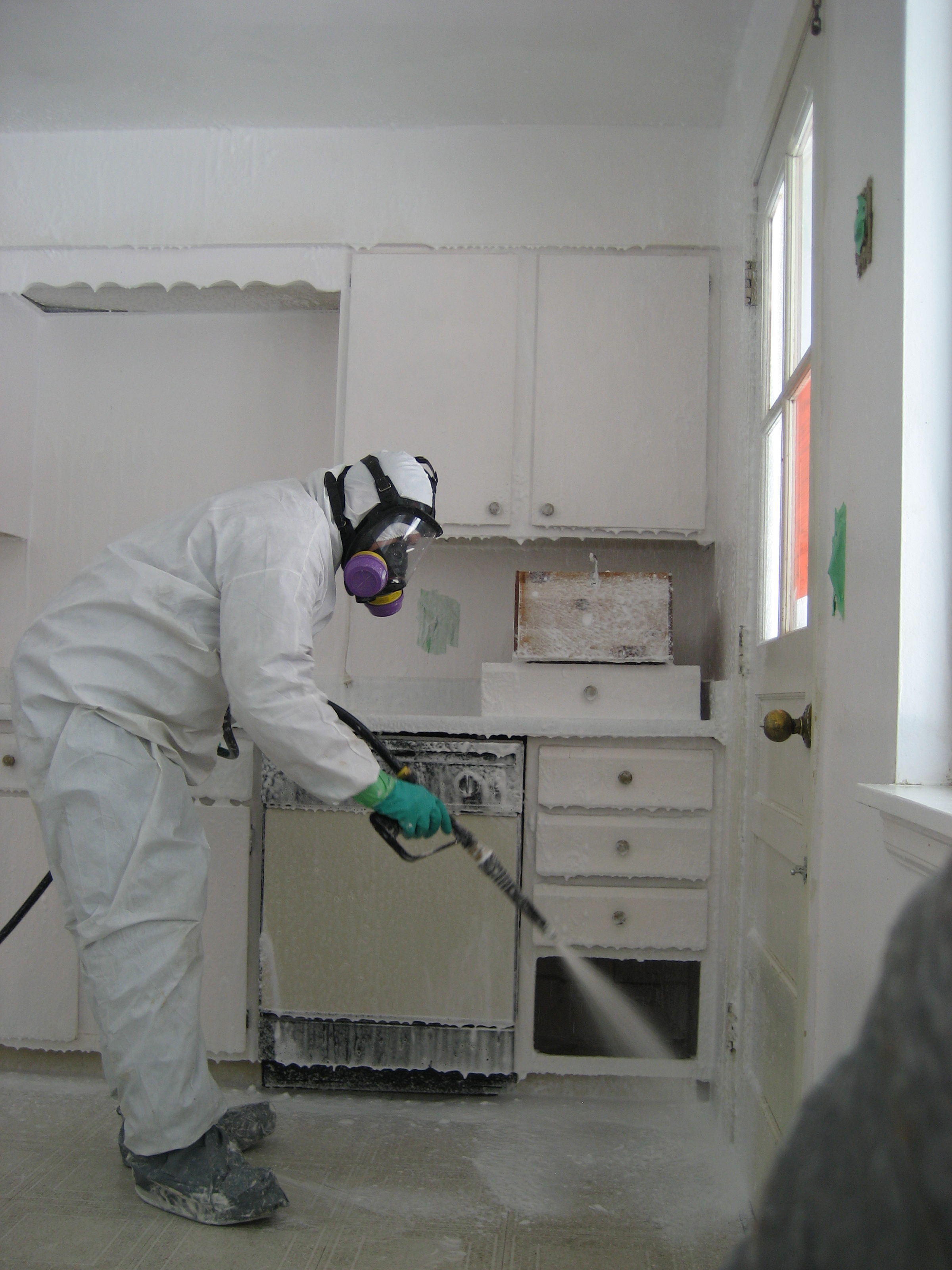Toxic Waste
While the widespread use and sale of methamphetamine creates social and economic problems, production facilities cause lasting environmental harm. For every pound of meth produced, five to six pounds of toxic waste are left behind. Makeshift laboratories can be found throughout the United States in houses, apartments, motels, trailers, sheds and even automobiles. Based upon preliminary findings, some of the major environmental contaminants include battery acid, lye, drain cleaner, alcohols, hydrochloric acid, red phosphorus, iodine, lantern fuel, Volatile Organic Compounds (VOC’s), explosives, and toxic metals. These are all dangerous environmental hazards that can persist in the soil and groundwater for years.
Possible Health Effects
Acute Exposure: It takes just a short period of time for acute chemical exposure to take effect and this could be very harmful to health.
Methamphetamine labs can cause acute exposure which results in chest pain, shortness of breath, coughing, lack of coordination, dizziness, burns of the skin, eyes, mouth and nose, as well as tissue irritation. It is even possible to die from acute exposure and these effects can take place right after a drug bust before the lab has been properly aerated.
Less severe effects from a lower level of exposure include symptoms such as dizziness, fatigue, nausea and headache. These symptoms can occur in people who entered the drug lab prior to it being cleaned and aired out after a bust. These symptoms will typically resolve in several hours after leaving the site of the chemicals.
Corrosive Effects: Substances that are corrosive can cause injury when they come into contact with the skin or when they are inhaled. These symptoms include coughing, shortness of breath, skin burns, and chest pain.
Solvents: Solvents have the potential to irritate the skin, respiratory tract, and mucous membranes. In addition, they can cause the central nervous system to be compromised. Solvents are combustible and explosive, posing an inherent danger.
Chronic Exposure: Over a period of time, chronic exposure begins to take effect. This can happen over weeks, months, and even years. Chronic health typically includes a range of health effects such as brain damage, cancer, and damage to the kidneys and liver. Other known symptoms of chronic exposure include complications of pregnancy including miscarriage and birth defects.


